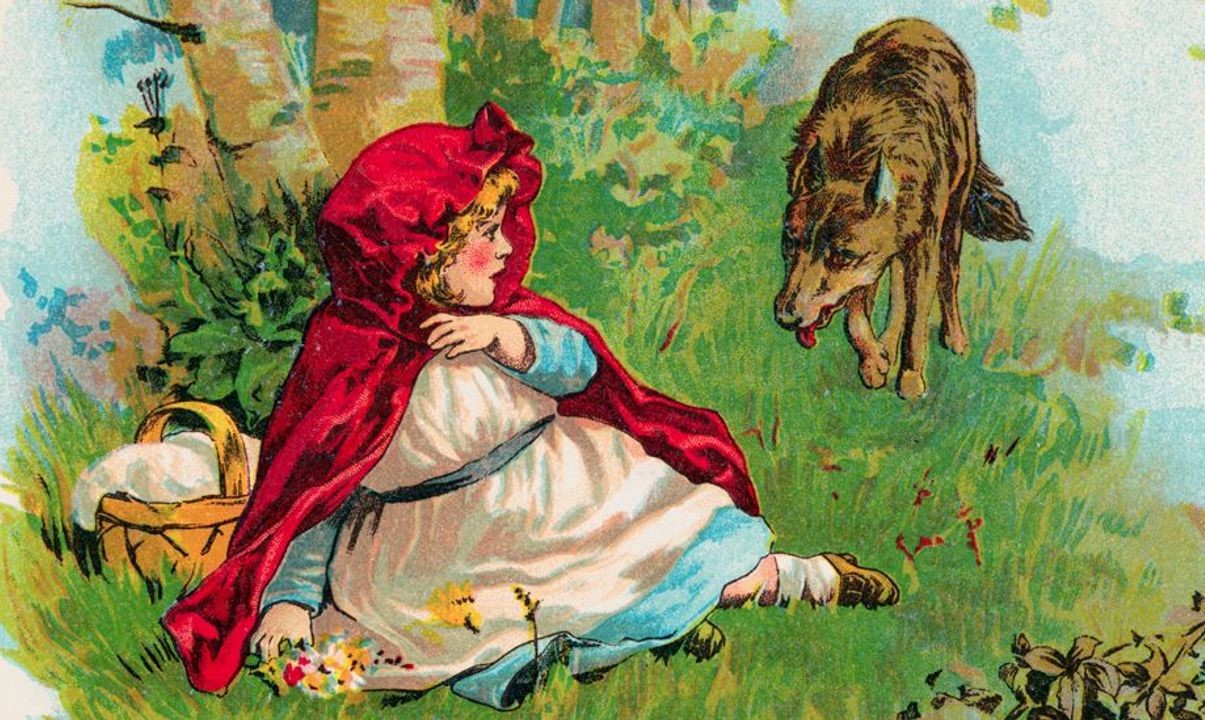Dark Secrets Of Grimm’s Twisted Fairy Tales

Ever wondered about the dark secrets hidden in Grimm's twisted fairy tales? These stories, often seen as innocent bedtime tales, have a much darker origin. The Grimm Brothers collected these tales from various sources, and many of them were not meant for children. Tales like "Hansel and Gretel" and "Snow White" contain elements of violence, betrayal, and even cannibalism. Over time, these stories were sanitized to fit a more family-friendly narrative. However, the original versions reveal a lot about the fears and morals of the societies that created them. Ready to dive into the shadows of these classic tales? Let's uncover the truth behind the Grimm Brothers' stories.
The Origins of Grimm's Fairy Tales
Grimm's Fairy Tales, collected by the Brothers Grimm, are famous worldwide. However, the original versions of these stories were much darker and more twisted than the sanitized versions we know today. Let's explore some of these eerie tales.
Little Red Riding Hood's Grim Ending
The tale of Little Red Riding Hood is well-known, but the original story had a much more sinister conclusion.
- The Wolf's True Nature: In the original version, the wolf doesn't just eat Grandma; he also devours Little Red Riding Hood. There is no heroic rescue by a woodsman.
- Cannibalistic Elements: Some versions even include the wolf tricking Little Red into eating parts of her grandmother, adding a gruesome twist.
Cinderella's Blood-Soaked Slippers
Cinderella's story is often seen as a tale of hope and transformation, but the original tale had some bloody details.
- Stepsisters' Desperation: To fit into the glass slipper, one stepsister cuts off her toes, and the other slices off her heel. The blood gives away their deception.
- Birds of Vengeance: In the end, birds peck out the eyes of the wicked stepsisters as punishment for their cruelty.
Snow White's Darker Side
Snow White's story is another classic, but the original tale had some disturbing elements.
- Queen's Cannibalistic Intentions: The evil queen orders Snow White's heart to be brought to her so she can eat it, believing it will grant her Snow White's beauty.
- Gruesome Punishment: The queen is forced to wear red-hot iron shoes and dance until she dies at Snow White's wedding.
Hansel and Gretel's Terrifying Ordeal
Hansel and Gretel's adventure in the forest is filled with danger and horror in the original tale.
- Parents' Betrayal: The children's parents abandon them in the forest due to famine, showing a darker side of human nature.
- Witch's Cannibalism: The witch plans to fatten Hansel and eat him, highlighting the grim reality of their situation.
Rumpelstiltskin's Sinister Bargain
Rumpelstiltskin's story involves a dark deal and a desperate situation.
- Life for Gold: The miller's daughter must spin straw into gold or face death, a grim predicament.
- Child as Collateral: Rumpelstiltskin demands the queen's firstborn child as payment, adding a sinister twist to the tale.
The Robber Bridegroom's Horrific Secret
The Robber Bridegroom is a lesser-known tale, but its original version is chilling.
- Cannibalistic Bandits: The bridegroom and his band of robbers kill and eat their victims, including young women.
- Gruesome Discovery: The bride discovers the truth when she finds a severed finger with a ring in the robbers' lair.
The Juniper Tree's Haunting Tale
The Juniper Tree is one of the most disturbing Grimm tales, filled with murder and revenge.
- Stepmother's Murder: A wicked stepmother kills her stepson and cooks him into a stew, which she serves to his father.
- Revenge from Beyond: The boy's spirit returns as a bird, seeking revenge and ultimately killing the stepmother.
The Pied Piper's Dark Deception
The Pied Piper of Hamelin is often seen as a whimsical tale, but its original version is much darker.
- Children's Disappearance: The Pied Piper leads the children of Hamelin away, and they are never seen again, hinting at a grim fate.
- Broken Promises: The town's refusal to pay the Piper leads to the loss of their children, showing the consequences of broken promises.
Bluebeard's Deadly Secret
Bluebeard's tale involves a wealthy man with a horrifying secret.
- Forbidden Room: Bluebeard's wives are forbidden from entering a certain room, which contains the bodies of his previous wives.
- Gruesome Discovery: The current wife discovers the room and the fate of her predecessors, leading to a deadly confrontation.
The Girl Without Hands' Suffering
The Girl Without Hands is a tale of suffering and resilience.
- Father's Betrayal: A father cuts off his daughter's hands to fulfill a deal with the devil, showing the extent of his desperation.
- Divine Intervention: The girl survives through divine help, but her journey is filled with suffering and hardship.
The Lasting Impact of Grimm's Fairy Tales
Grimm's fairy tales have left a lasting mark on literature and culture. These stories, filled with dark themes and moral lessons, continue to captivate readers. Their twisted plots and grim endings reveal much about human nature and societal norms of the past. While modern adaptations often soften these tales, the original versions remind us of their raw power. They serve as a window into the fears and values of earlier times. Understanding these tales helps us appreciate the depth and complexity of storytelling. The Grimm brothers didn't just create stories; they preserved a piece of cultural history. Their work encourages us to look beyond the surface and explore the darker aspects of human experience. These tales, though unsettling, remain a vital part of our literary heritage.

